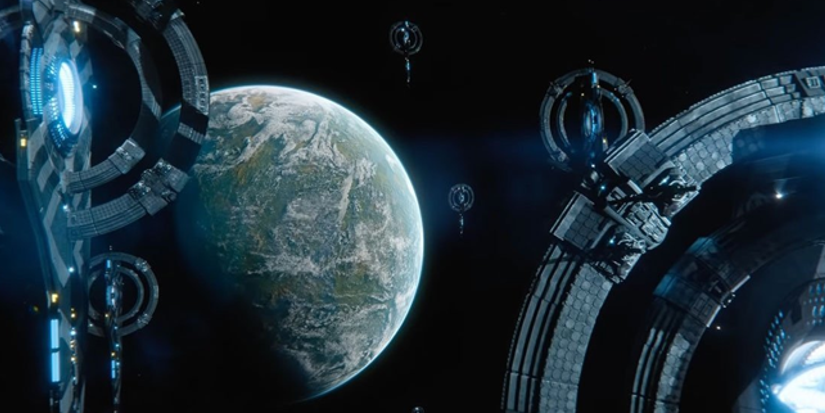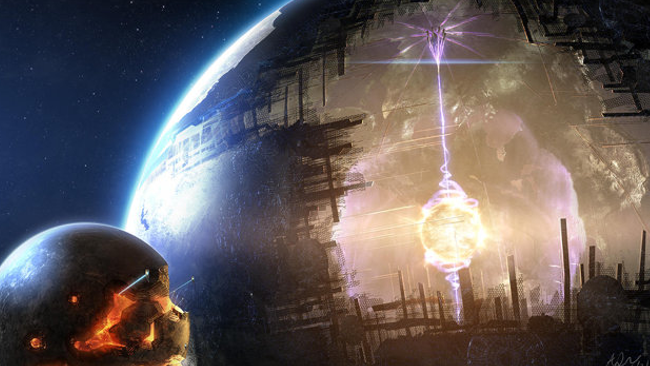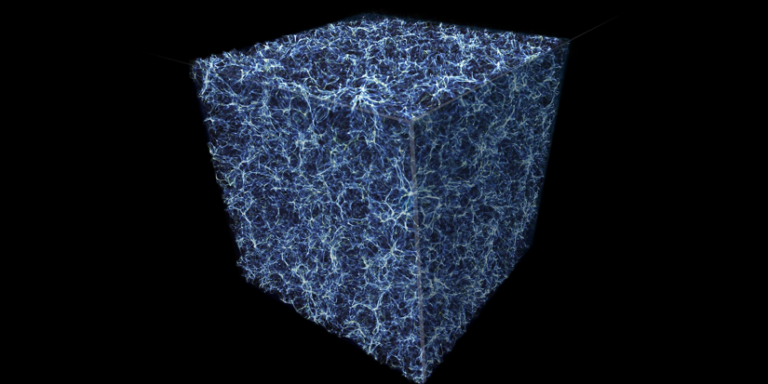
To me, a great empire in sci-fi is one that has colonised mulitple worlds and is capable of interstellar travel, with ease. But also, it needs some cool and powerful charaters, story arcs and themes.

Isaac Asimov’s Galactic Empire, as depicted in his Foundation series, is among the largest and most ambitious empires in science fiction. Stretching across the Milky Way Galaxy, the Empire encompasses over 25 million inhabited worlds, linked by advanced hyperdrive technology that allows near-instantaneous travel across vast distances. Its sheer scale is staggering: populated by trillions of humans, it boasts a bureaucracy so vast and complex that entire planets serve as centers for administrative tasks. Asimov’s vision was groundbreaking for its time, depicting an empire that operates not only with military might but also with intricate political and social systems that influence every corner of known space. This sprawling empire is a symbol of humanity’s highest achievements and, paradoxically, its deepest flaws.
What makes Asimov’s Galactic Empire particularly memorable is not just its size but its portrayal as a civilization in decline. The Empire is described as having reached its peak long before the events of the Foundation novels, with a bureaucracy so burdened by inertia and corruption that it has lost the ability to innovate or effectively govern. Asimov draws inspiration from historical empires, especially the Roman Empire, exploring themes of entropy and decay as the Empire becomes susceptible to internal conflicts and fragmentation. The sheer scale of the Galactic Empire, coupled with Asimov’s focus on its inevitable collapse, creates a sense of grandeur and tragedy, making it a defining and enduring model of vast, declining empires in science fiction.
If you want to go deeper down the Foundation rabbit hole then check out the Foundation Wiki.




